 English
English

People are gearing up with full enthusiasm to welcome spring with the festival of Basant Panchami that will be celebrated on February 5 this year.
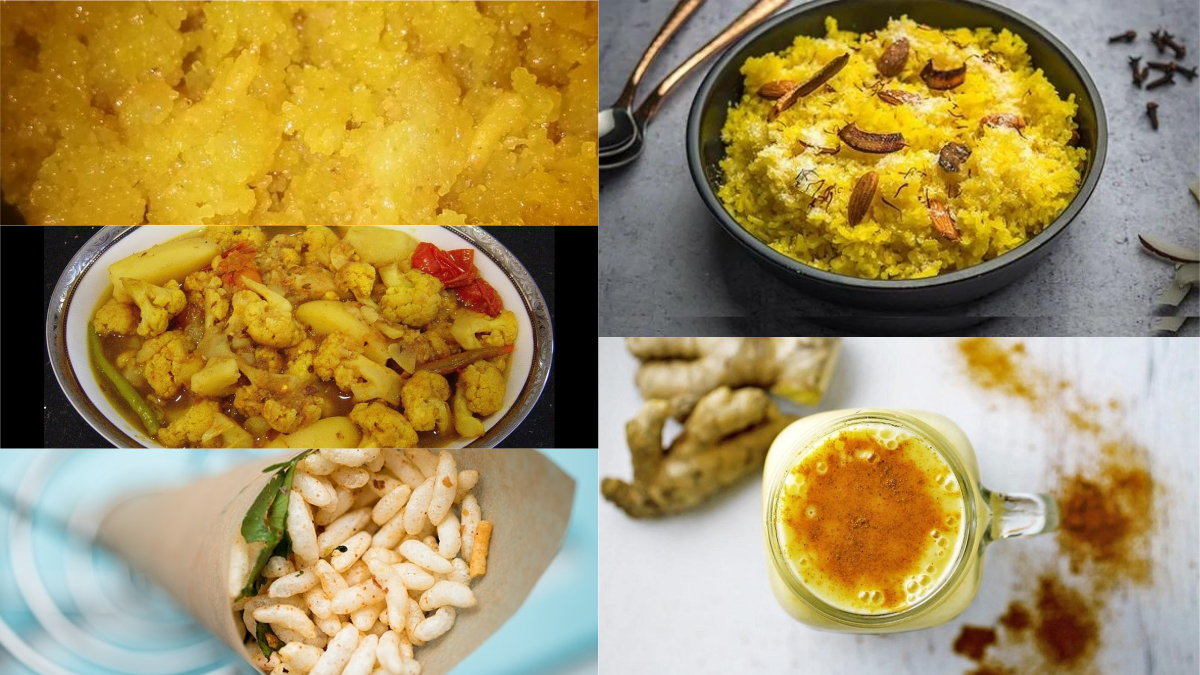
New Delhi [India]: People are gearing up with full enthusiasm to welcome spring with the festival of Basant Panchami that will be celebrated on February 5 this year.
Associated with the colour yellow, Basant Panchami also known as 'Vasant Panchami', is celebrated on the fifth day of Magh Shukla in accordance with the Hindu traditional calendar. The day also marks the start of preparation for Holika and Holi, which occurs nearly 40 days later.
This occasion marks the day to worship goddess Saraswati who is the deity of knowledge, music, and arts. The colour yellow holds a great significance on this day, as it is regarded as the colour of knowledge. It also signifies the ripening of crops.
Since yellow plays a significant role on this day, the flowers and foods offered to the deity too are yellow in colour.
Indian festivals are incomplete without traditional sweets. Here, we have compiled a list of some that can be relished on the day of Basant Panchami:
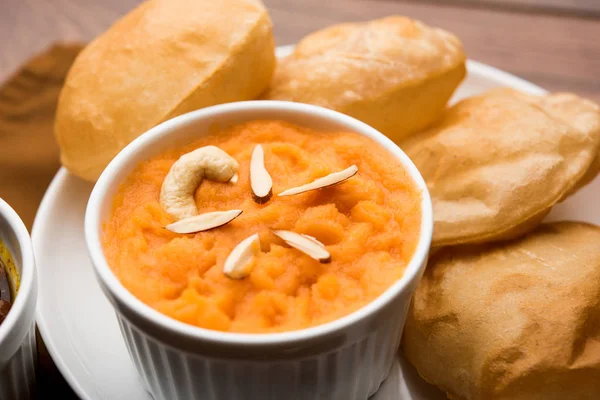
Kesar Sheera Poori:
Sheera, also known as sooji ka halwa is the most common traditional Indian pudding that is made with semolina, ghee, sugar, cashews and raisins. The dish is prepared by cooking ghee roasted semolina with milk (or water), sugar, and cardamom powder. For the occasion of Basant Panchami, mix Kesar (saffron) diluted milk or water to the batter to give the pudding a yellow colour. Serve with hot piping deep-fried pooris.
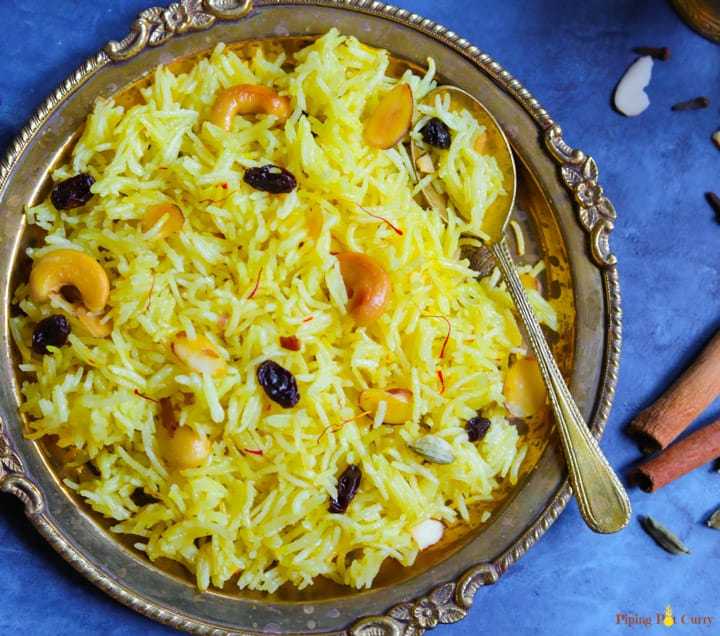
Zarda rice:
The most popular or can say the most important dish of Basant Panchami is Zarda rice. Also known as 'meethe chawal', this dish is prepared with basamati rice, nuts, saffron and sugar.
Few people also add yellow food colour to the rice, to give a kesari colour to the dish. Zarda rice recipe is dry in its nature. Half-cooked basmati rice is added in sugar, ghee and roasted dry fruits. The mixture is then cooked until the sugar melts and the rice gets cooked completely. Serve the dish hot garnished with a few chopped nuts.
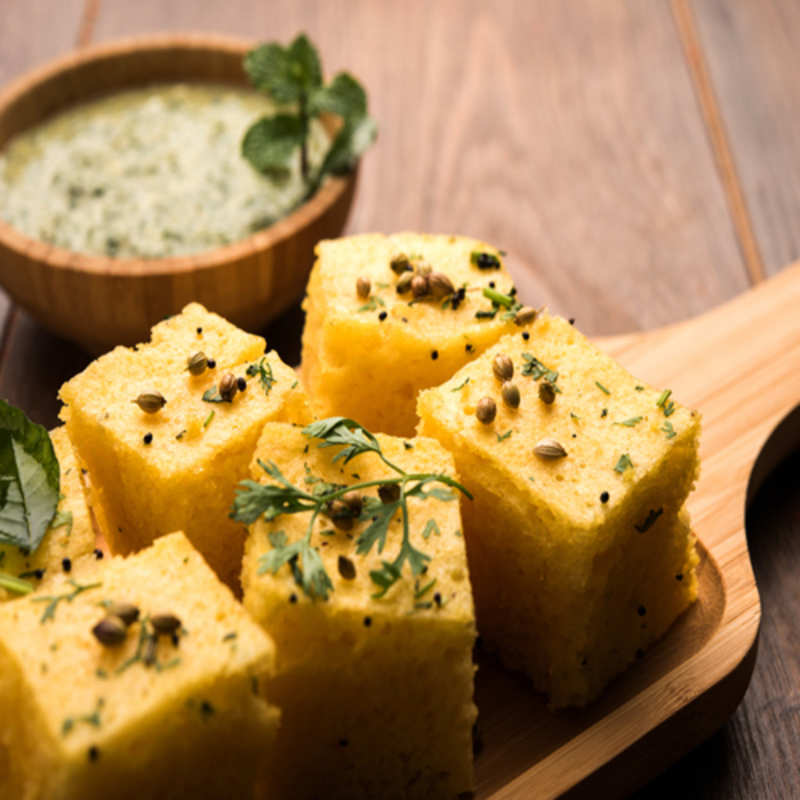
Dhokla:
Known as one of the healthiest and yummiest snacks, Dhokla is prepared with a fermented batter of rice and chana dal. Baking soda is added to the batter to make it fluffy. To achieve a cake-like batter avoid using lots of water and don't let it sit for a long time. The dish is usually prepared by steaming, but it can also be prepared in a microwave, oven or pressure cooker.
For the yellow colour, use a pinch of turmeric; as turmeric reacts with baking soda, giving your dish a red colour. You can also add yellow food colour to the batter. Serve with a tempering (tadka) of mustard seeds, coriander leaves and split green chillies.
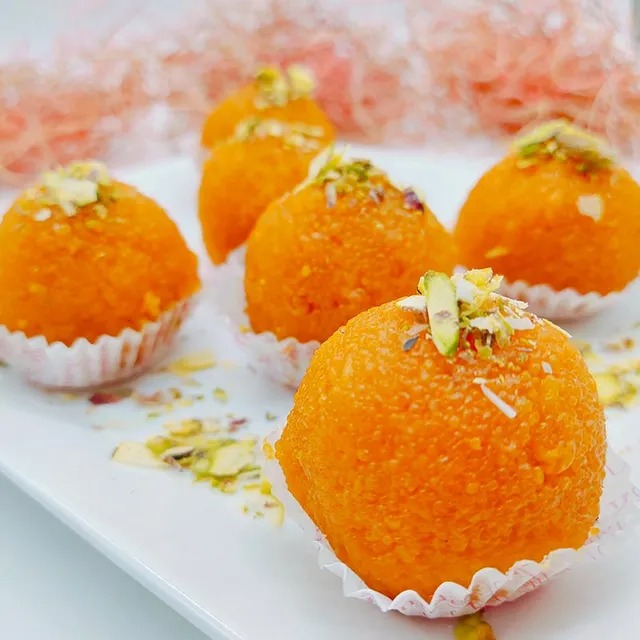
Boondi Ladoo:
Boondi Ladoo are the sweet spherical dessert dish made by combining (boondi)-- tiny bits of fried and sugar-soaked batter made with gram flour or besan. White muskmelon seeds are also used to garnish the ladoos. While cooking the boondi, make sure your sugar syrup is not thick as it will not be absorbed by the fried bit, making the boondi turn hard and rubbery. With that texture, you won't be able to bind the boondi and the laddoos will not get a proper spherical shape.
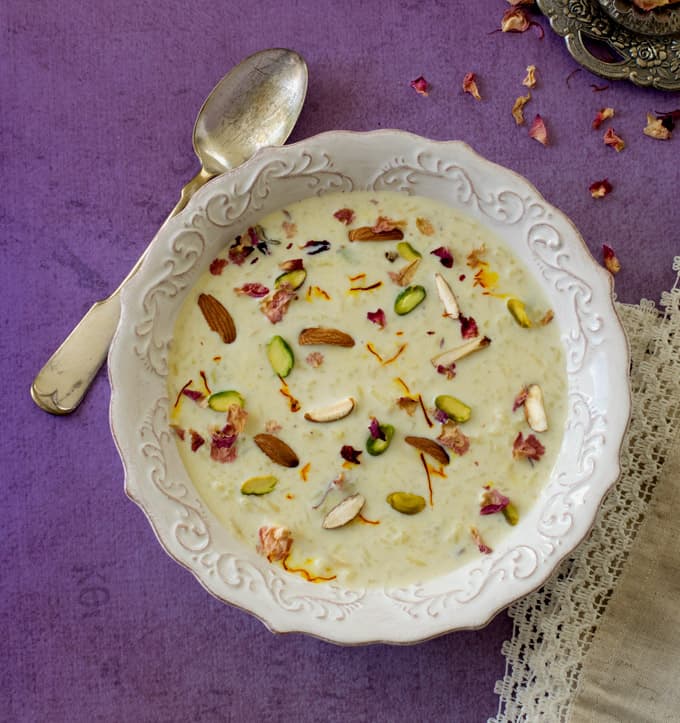
Kesar kheer:
Counted as one of the top mouth-watering milk items, Kheer is prepared by boiling milk, sugar or jaggery, rice, dry fruits and cardamom. It is usually white in colour, but for the special occasion of Basant Panchami, add saffron and mawa/khoa to it. Saffron will give the kheer a bright yellow colour and mawa will give kheer a kulfi like texture.
Apart from these lip-smacking dishes, people also prepare Rajbhog, khichdi, and other dishes that are yellow in colour. The food is first offered to the deity for bhog and then distributed among devotees celebrating the occasion. (ANI)
No related posts found.